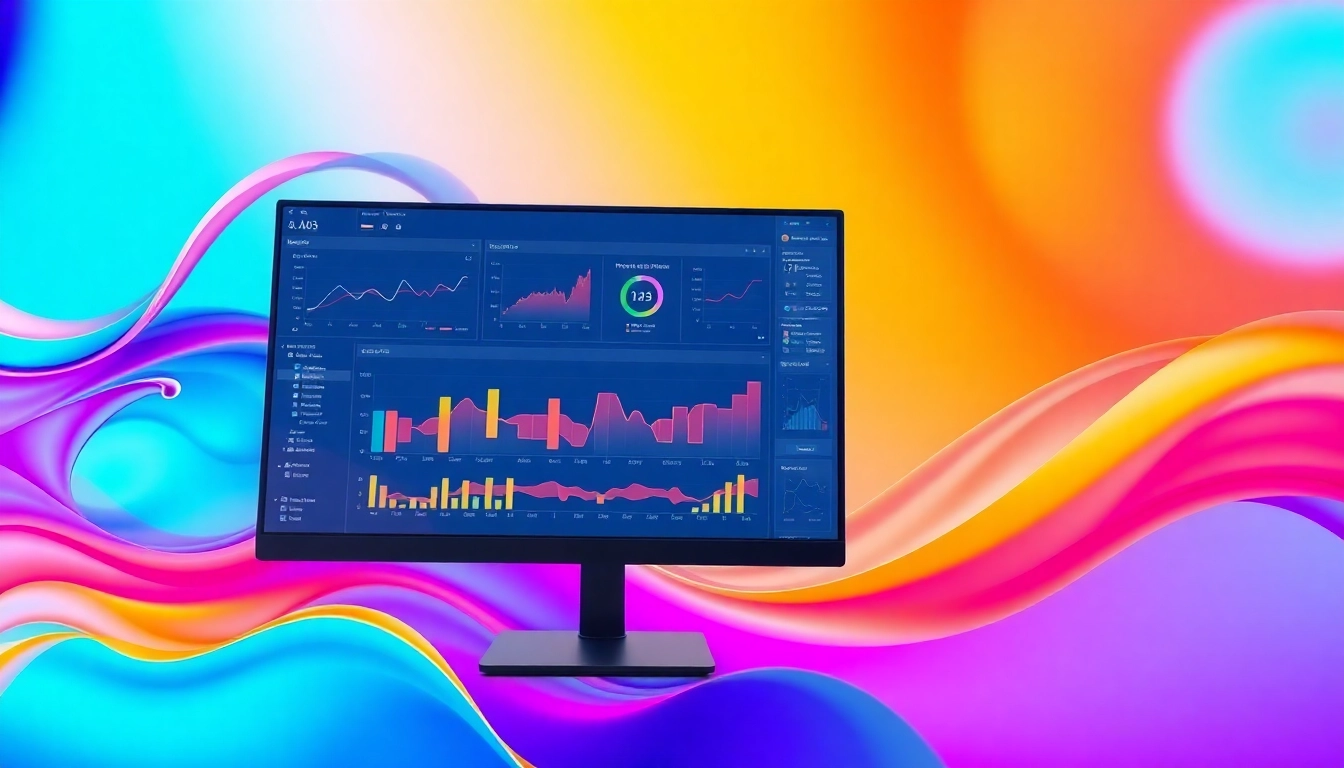Introduction to ai detection
With the rapid advancement of artificial intelligence (AI), the ability to distinguish between human-generated and AI-generated content has gained significant attention. Understanding ai detection is crucial for various fields, including academia, journalism, and marketing. This article will delve deep into what ai detection is, its importance in content creation, the technologies behind it, and the best practices for effectively implementing these tools.
What is ai detection?
Ai detection is the process of identifying whether a piece of content was generated by an AI system or created by a human. This involves sophisticated algorithms designed to analyze text, discern patterns, and evaluate characteristics such as syntax, vocabulary choices, and context. The rise of generative models, such as transformers, has made it easier for AI systems to produce human-like text, thereby necessitating the need for reliable detection mechanisms.
Importance of ai detection in content creation
The implications of ai detection in content creation are profound. For educational institutions, it can help maintain academic integrity by identifying potential issues of plagiarism or misuse of AI assistance. In journalism and content marketing, ensuring authenticity is crucial for preserving trust with audiences. Furthermore, detecting AI-generated text can assist brands in aligning their messaging with their values and maintaining a consistent voice.
Key technologies powering ai detection
Various technologies are integral to ai detection systems. These include:
- Natural Language Processing (NLP): NLP techniques analyze linguistic features in text, helping systems discern stylistic differences between human and machine-generated writing.
- Machine Learning Algorithms: Supervised and unsupervised learning models can be trained on datasets containing both human and AI-generated text, enhancing their ability to make accurate predictions.
- Deep Learning: Techniques like neural networks are employed to model complex relationships in language, significantly improving detection accuracy.
How ai detection Works
Understanding algorithms and models
At the core of any effective ai detection system are algorithms that process and analyze text. Here are some common models:
- Support Vector Machines (SVM): A supervised learning model that can classify data points into different categories based on their features.
- Decision Trees: These models split data into branches, making decisions based on feature values to classify text as AI-generated or human-written.
- Neural Networks: Especially recurrent neural networks (RNNs) are adept at understanding sequences in text, making them valuable for detecting nuances in language.
Components of an effective ai detection system
An effective ai detection system generally comprises several key components:
- Data Collection: Gathering large datasets of both human and AI-generated text for training purposes.
- Feature Extraction: Identifying critical linguistic features that differentiate human writing from AI writing, such as sentence structure, grammar, and coherence.
- Model Training: Using machine learning techniques to train the model on the collected data, allowing it to learn the patterns and characteristics associated with each type of writing.
- Validation: Testing the model on unseen data to assess its accuracy and calibrate its parameters.
Challenges in accurately detecting AI-generated content
Despite advancements in technology, detecting AI-generated content presents several challenges:
- Quality of AI Output: As AI models improve, they produce increasingly sophisticated text that can mimic human writing, making it harder to detect.
- Variability in Human Writing: The wide range of writing styles among humans can create a challenging baseline for comparison.
- Contextual Understanding: Many detection algorithms may struggle with context, failing to recognize when humans use AI-generated content ethically.
Applications of ai detection
Utilizing ai detection in academia
In academic settings, ai detection is crucial for maintaining academic integrity. Schools and universities can deploy these tools to check student submissions for authenticity, ensuring that original thought is valued. Additionally, educators can use ai detection to observe trends in student writing over time, helping them tailor their teaching methods.
ai detection in digital marketing
In digital marketing, maintaining brand voice and authenticity is key. Marketers can leverage ai detection tools to ensure that content produced—either by AI or human writers—aligns with the brand’s ethos. This not only helps preserve reputation but also engages the audience in a more meaningful manner, as they can trust the content they read.
Benefits for content creators and writers
Content creators benefit from ai detection in various ways:
- Quality Assurance: By employing ai detection tools, creators can validate the originality of their content, ensuring it meets industry standards.
- Enhanced Creativity: Knowing how to identify AI-generated text enables writers to push their creativity without crossing ethical lines.
- Market Differentiation: Transparent practices around content creation can set creators apart in a crowded marketplace.
Best Practices for Implementing ai detection
Choosing the right ai detection tools
Selecting an ai detection tool requires assessing various factors, such as:
- Accuracy: Look for tools that have been validated for their detection capabilities.
- Usability: Opt for tools that are user-friendly and integrate easily into existing workflows.
- Scalability: Consider if the detection tool can handle increasing amounts of data as your needs grow.
Integrating ai detection into daily workflows
For effective integration, organizations can follow these steps:
- Training: Provide adequate training for staff on how to use the chosen ai detection tools.
- Establishing Protocols: Develop a standard operating procedure for when and how to use ai detection tools across content creation processes.
- Monitoring: Establish metrics for success and regularly evaluate the effectiveness of the ai detection tools used.
Ethical considerations in using ai detection
As with any technology, ethical consideration is paramount in the use of ai detection tools. Organizations must:
- Ensure transparency: Be transparent with content creators about the usage of ai detection and their limitations.
- Avoid misuse: Use ai detection strictly for purposes of enhancing quality and integrity rather than for punitive measures.
Future Trends in ai detection
Advancements in technology and methodologies
The landscape of ai detection is evolving, with advancements in deep learning and natural language processing. Future systems may utilize more sophisticated models capable of understanding context and nuance, thereby increasing their detection capabilities.
Role of community feedback in evolving ai detection
Community feedback plays a crucial role in refining ai detection technologies. By engaging with users to understand their experiences and challenges, developers can iterate and enhance their detection tools, ensuring they remain effective and user-friendly.
Anticipated challenges and solutions in the industry
As the industry evolves, challenges such as the continued improvement of AI generation will persist. Effective solutions may include:
- Ongoing Research: Continuous research into AI capabilities and human writing styles can help stay ahead of advancements.
- Collaboration: Stakeholders across education, content creation, and technology need to collaborate, sharing findings to collectively enhance detection methodologies.



